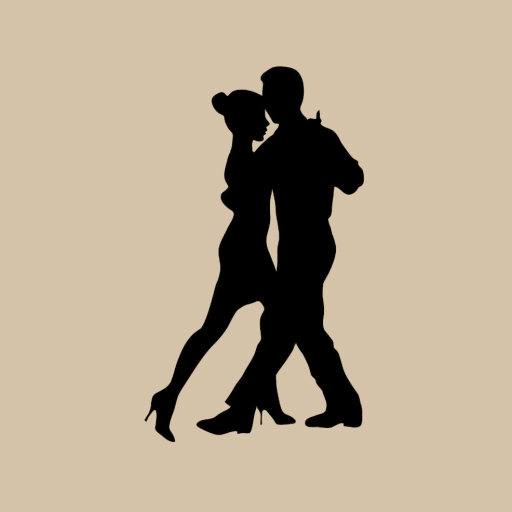Dancing is much more than just physical movement to music – it’s a holistic experience deeply rooted in our human nature. Studies from psychology and neuroscience show that dancing not only promotes physical health but also enhances our emotional well-being. But why exactly does dancing make us happy? A look into the science provides some answers.
1. Emotional and social Benefits of Dancing
A study by Quiroga Murcia et al. (2010) identifies several dimensions of the positive effects of dancing: emotional benefits, increased well-being, creative expression, and physical benefits. Particularly noteworthy is the social component. Dancing often takes place in groups or pairs, which strengthens social bonds. Dancing together promotes a sense of belonging, boosts self-confidence, and helps reduce stress.
Another study by Weinberg & Joseph (2017) found that people who regularly dance or participate in musical events report higher subjective well-being. Particularly, dancing in a social context proved to be a powerful factor for happiness.
2. Dancing as a natural Stress Reliever
A meta-analysis of dance therapy has shown that dance movements not only improve quality of life but also enhance social and interpersonal skills (Koch, 2014). This means that dancing can be an effective way to relieve emotional stress and promote a sense of balance.
Additionally, it is well-known that physical activity leads to the release of endorphins, the so-called “happiness hormones.” These biochemical processes help reduce negative emotions and increase overall well-being.
3. The Neurobiological Effects of Dancing
Michael Argyle and Maryanne Martin (1991) studied the psychological causes of happiness and found that physical activity, such as dancing, enhances our well-being and gives us a sense of joy and energy.
Furthermore, music itself plays a key role in emotional stimulation. Studies show that listening to and moving to music can induce a positive mood, even if one felt stressed or down beforehand.
4. Creativity and Self-Expression
Dancing is one of the few activities that combines both cognitive and physical abilities. It challenges our brains to recognize patterns, coordinate movements, and interpret creatively. The expression through movement can be a form of nonverbal communication, allowing us to express emotions that are difficult to put into words.
Conclusion: Dancing as a Key to well-being
Science confirms what many already know from personal experience: dancing makes us happy. It is a natural, joyful way of movement that combines physical fitness with emotional expression and social interaction. Whether alone in the kitchen, at a dance school, or at a party – dancing not only benefits the body but also the soul.
So, turn on the music, let your worries go, and start dancing! You are not yet a dance pro? No worries – you can become one with the help of the Dancebeat app. Try it for free now:
Sources:
- Quiroga Murcia, Cynthia, et al. “Shall we dance? An exploration of the perceived benefits of dancing on well-being.” Arts & Health 2.2 (2010): 149-163.
https://doi.org/10.1080/17533010903488582 - Weinberg, Melissa K., and Dawn Joseph. “If you’re happy and you know it: Music engagement and subjective wellbeing.” Psychology of Music 45.2 (2017): 257-267.
https://doi.org/10.1177/0305735616659552 - Argyle, Michael, and Maryanne Martin. “The psychological causes of happiness.” Subjective well-being: An interdisciplinary perspective 10 (1991): 77-100.
https://psycnet.apa.org/record/1991-97398-004 - Koch, Sabine, et al. “Effects of dance movement therapy and dance on health-related psychological outcomes: A meta-analysis.” The arts in psychotherapy 41.1 (2014): 46-64.
https://doi.org/10.1016/j.aip.2013.10.004


